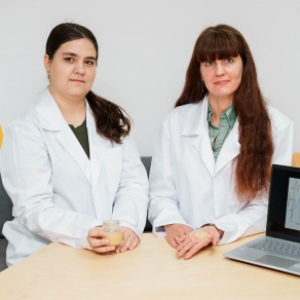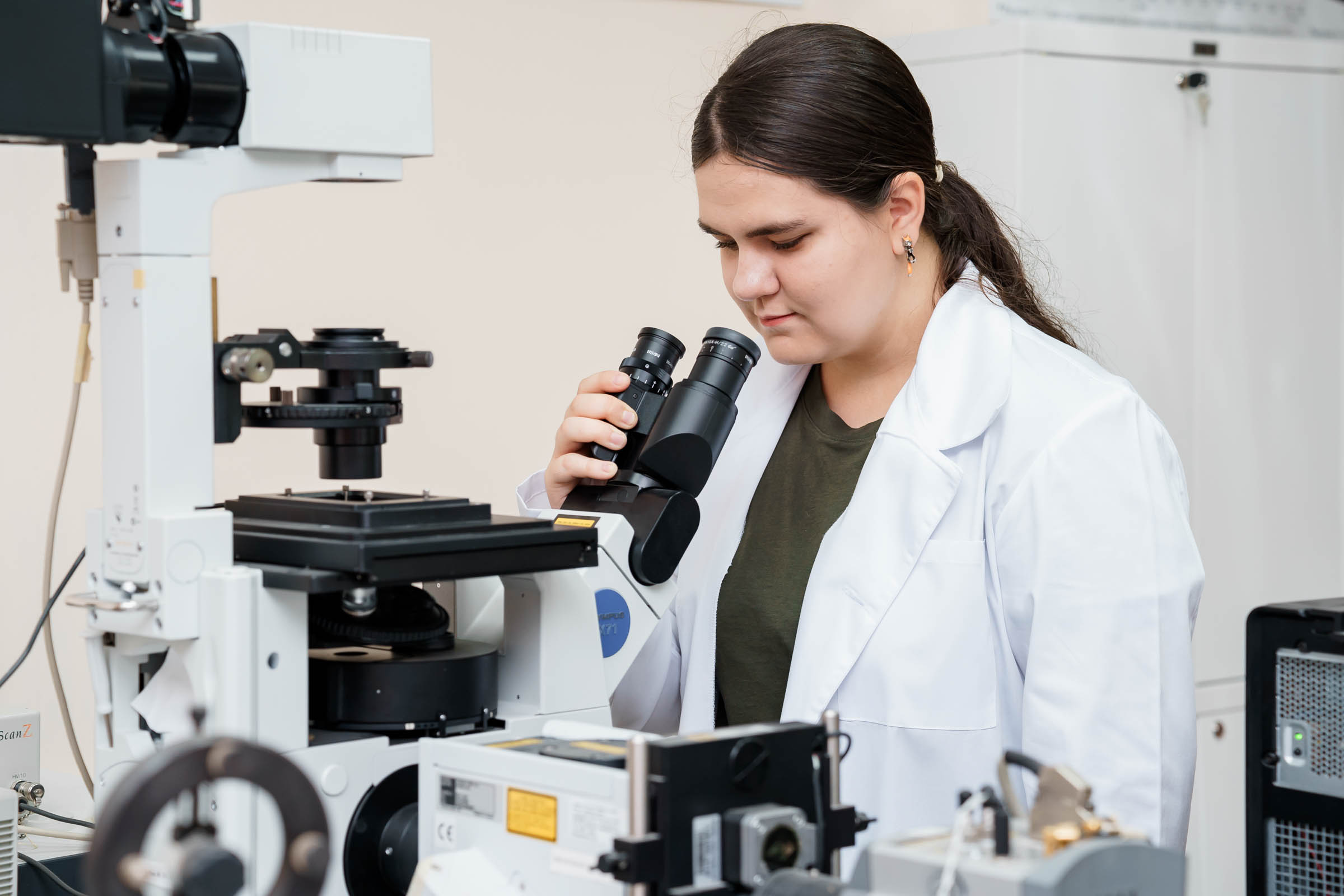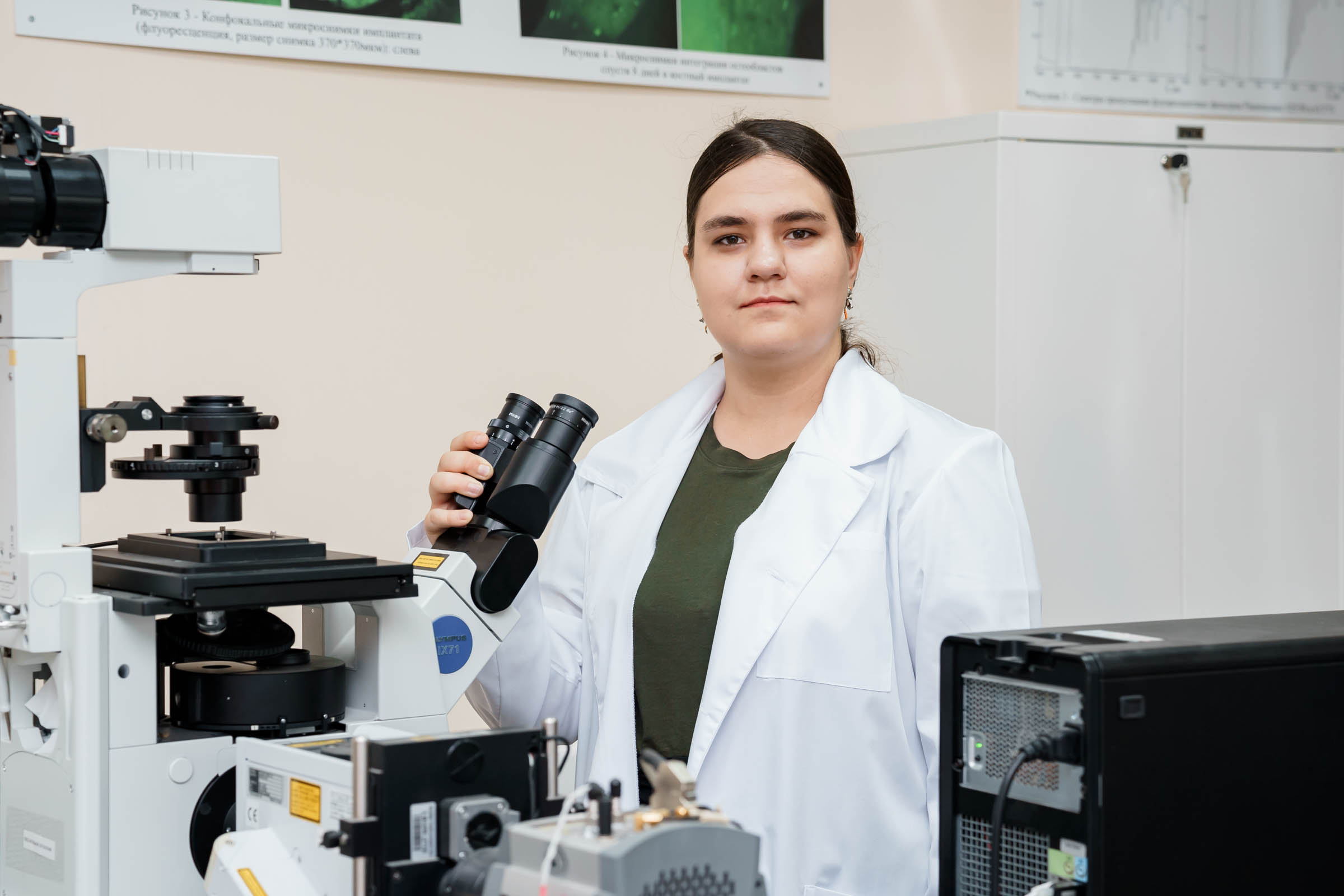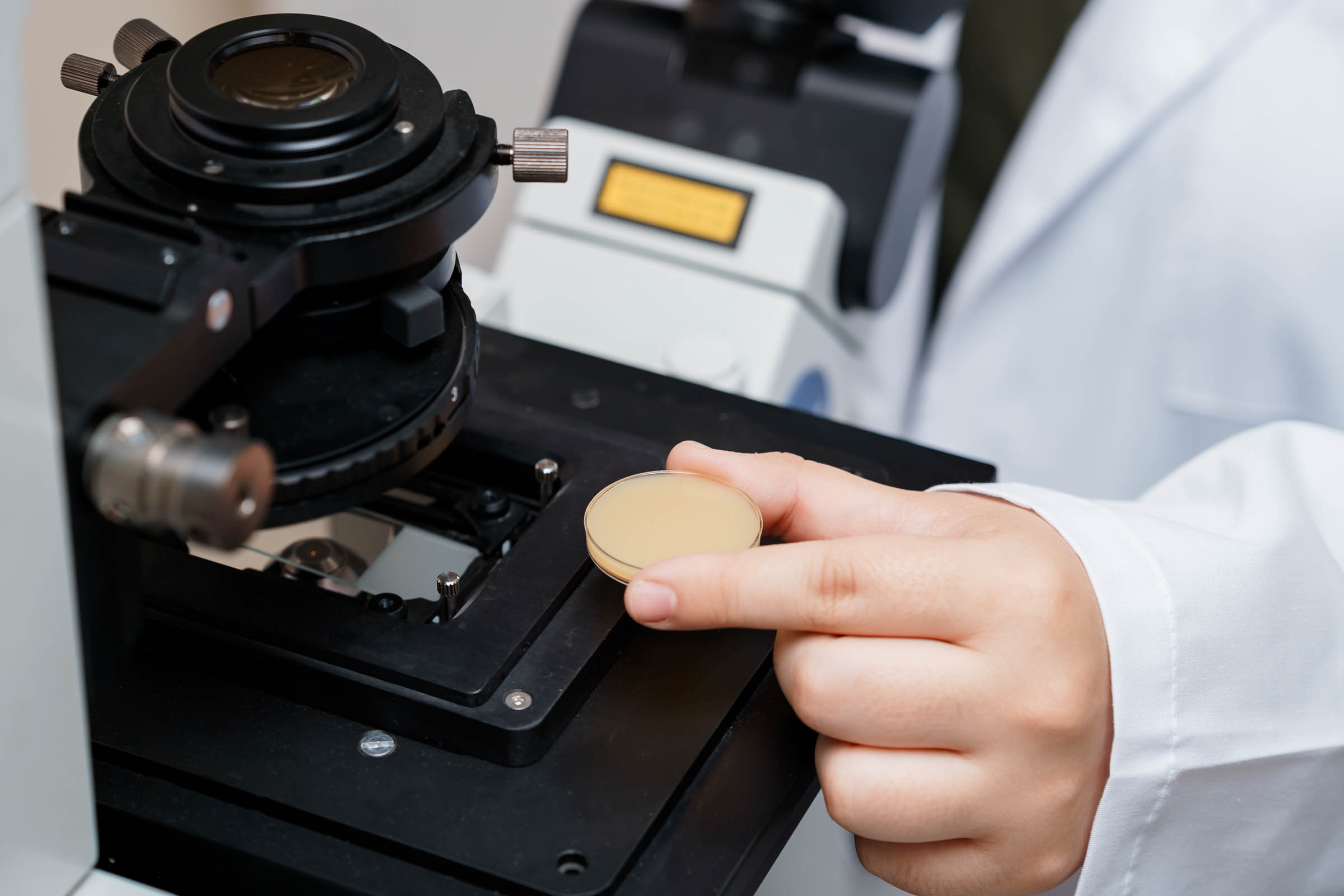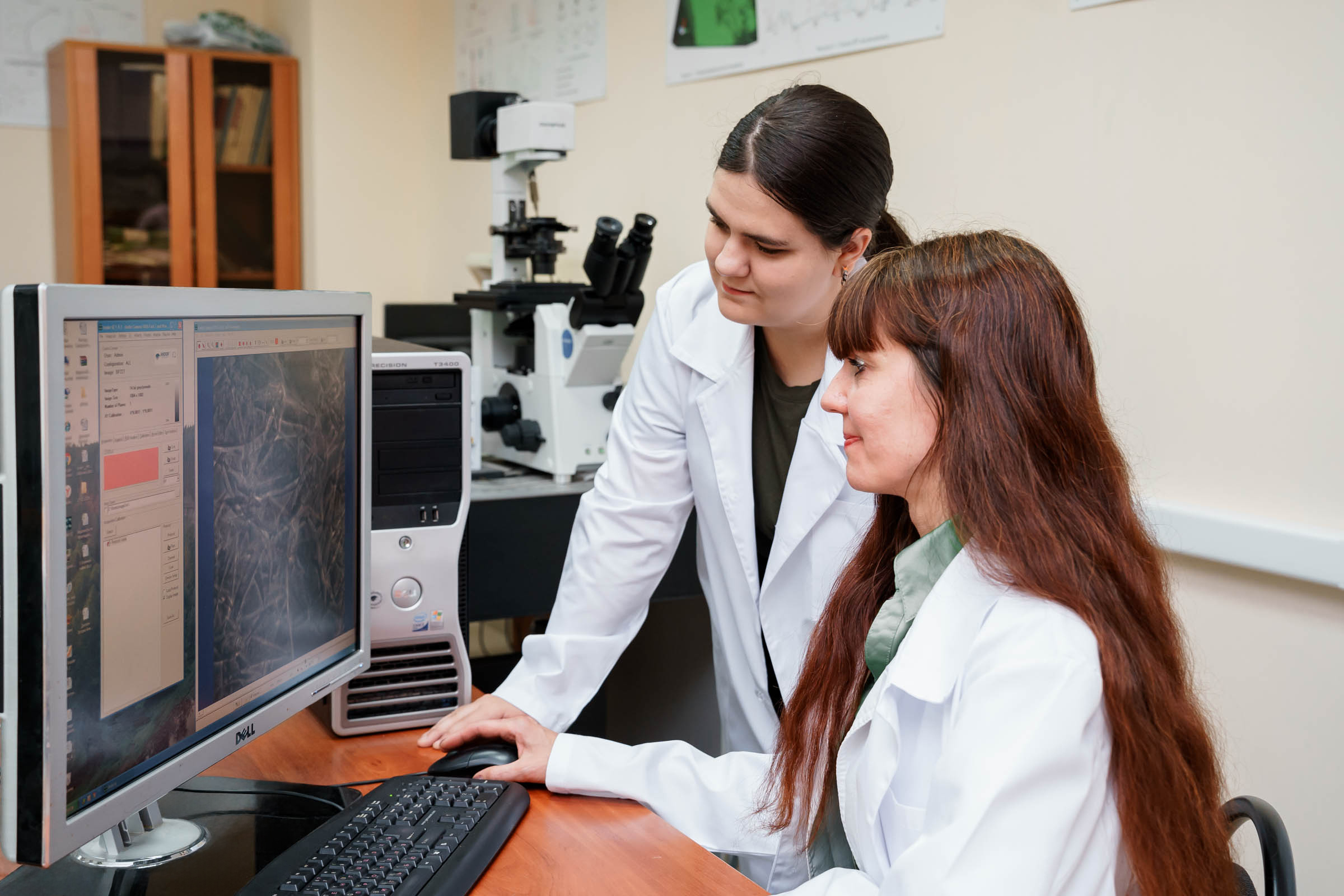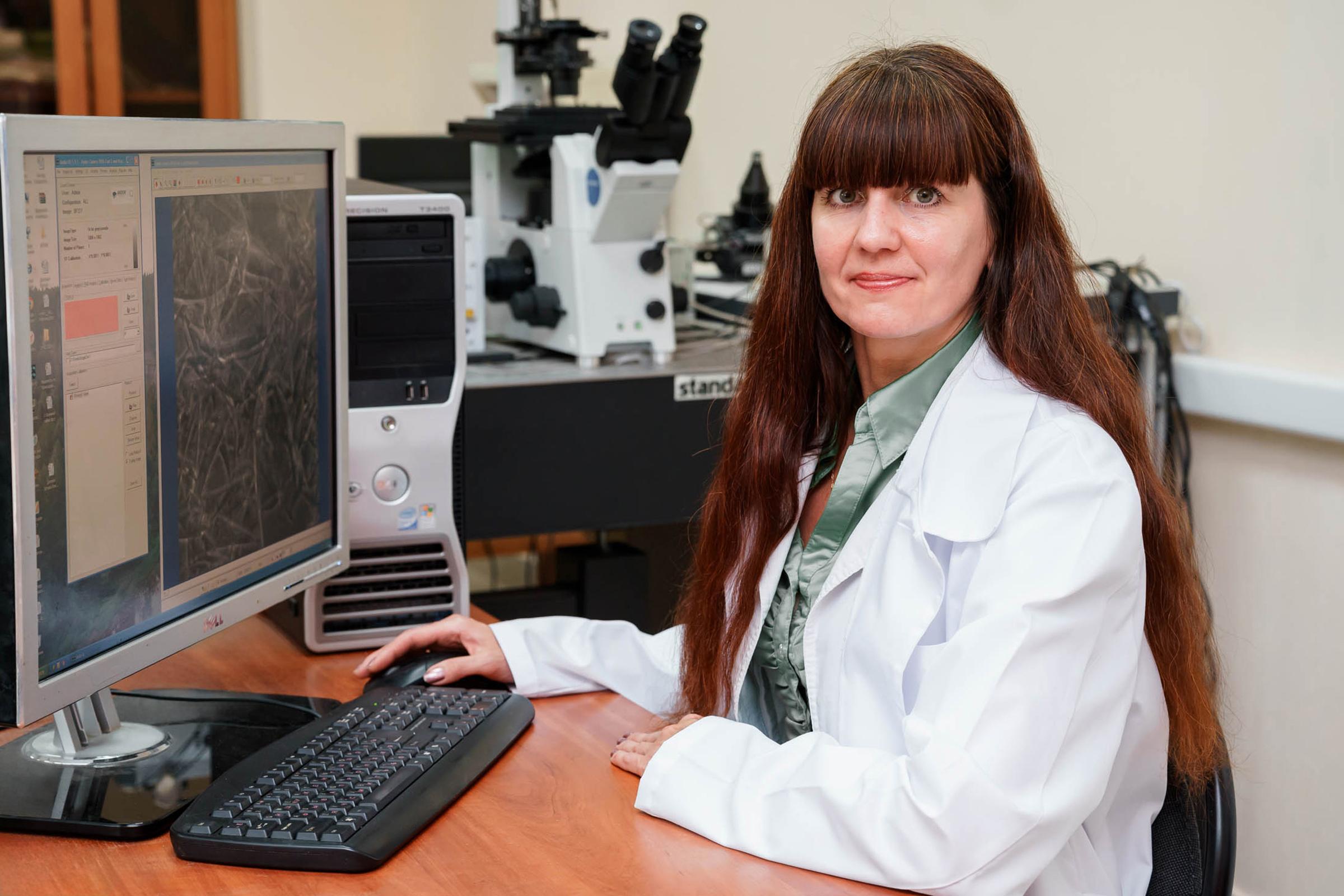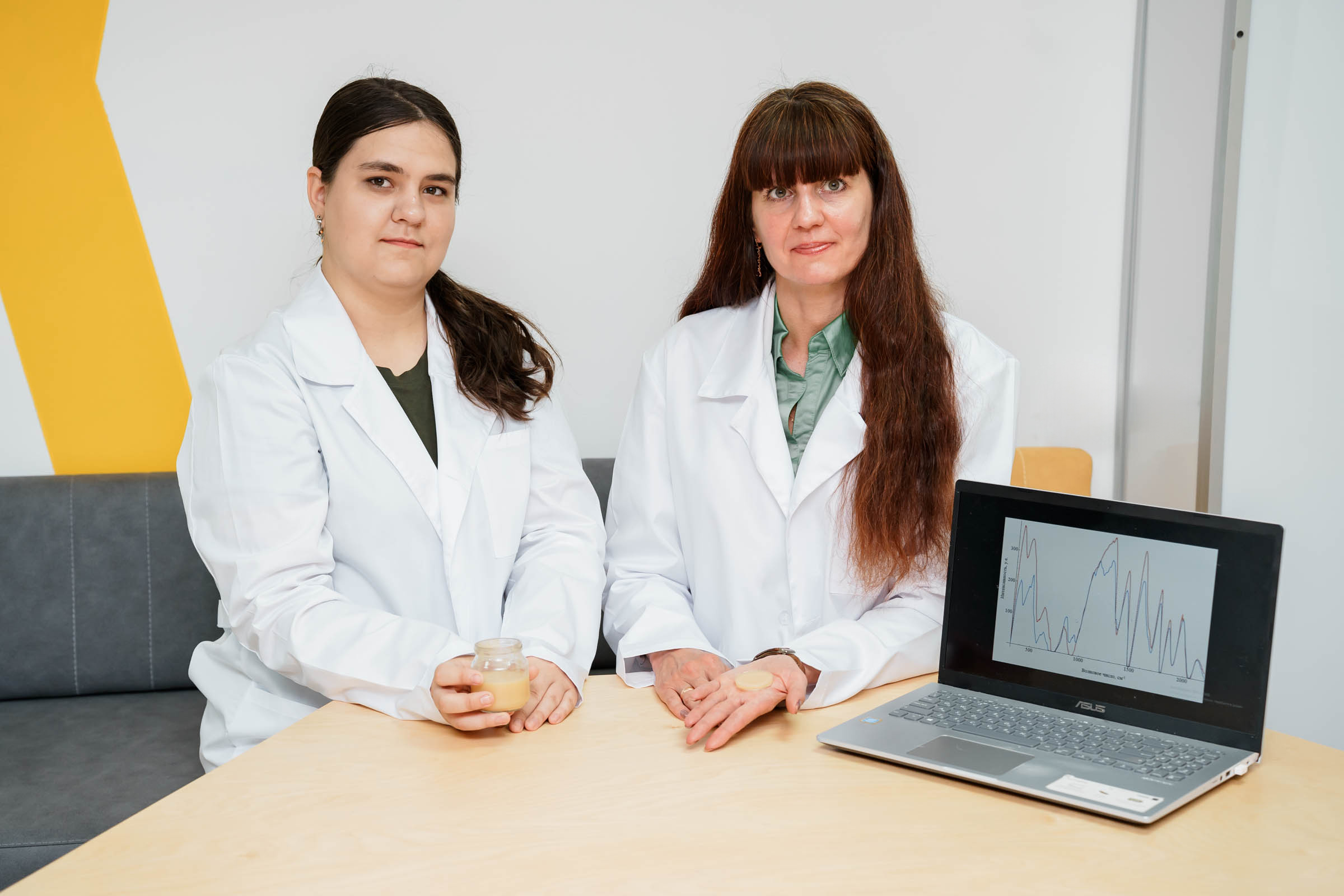Polina Pyataeva, a student of Samara University, together with her scientific supervisor, associate professor Elena Timchenko has developed a method for rapid laser express-analysis of baby food products. It makes it possible to much easier and faster, almost in real time, determine which substances are contained in a particular product, and whether there are any unnecessary impurities.
For analysis, it is enough only to shine a laser connected to the spectrograph on the samples under study, and the special program will immediately identify spectral “prints” of certain substances in the reflected diffused light, displaying them on a computer monitor or a laptop screen. If the product packaging is transparent enough for the laser, one can analyze the contents without opening the package.
The student’s development was awarded a diploma of the 3rd degree at the last All-Russian Research and Practice Conference “Postgraduate Readings – 2025: Young Scientists – To Medicine”. The technology was tested during the experimental study of the composition of children’s fruit purees.
“Food safety, and especially one of baby food, is an important and urgent public health issue worldwide. Laboratory methods, including gas and liquid chromatography, as well as various types of microscopy, are traditionally used for analyzing food products. However, traditional methods require a lot of time and effort. My research was aimed at evaluating the possibility of using the method of Raman spectroscopy, that is, the spectroscopy of combinative dispersion. This method has not yet been widely and officially used for food analysis, although research has shown that it is quite informative and accurate”, said Polina Pyataeva, the 3rd-year student at the Department of Biochemistry, Biotechnology and Bioengineering at Samara University.
The experimental device consisting of the semiconductor laser, the optical Raman module, the spectrograph with an integrated digital camera, and the computer was assembled for the research. Bought in a store, samples of children’s fruit purees, with the composition “banana – apple” and “peach – apple”, were used for the analysis.
For comparison, samples of fruit purees, not industrial, but self-made, similar in their fruit composition, were analyzed, as well. Bananas, peaches and apples were peeled and mashed to gain purees of homogeneous composition. Next, the studied portions of the purees were measured at three different points. The obtained Raman spectra were processed by using the special software package.
“During the experiments, for the studied samples, including lines of pectin, glucose, fructose, sucrose, carotenoids, as well as citric acid and lignin, the main lines of combinative dispersion were identified. It was found out that the spectra of the studied groups of items are of a similar nature in the entire spectral range under study, except for one area of the spectrum, in which store-bought samples of the purees have clearly expressed lines, indicating the presence of starch in the samples. In these types of purees, the manufacturer may use starch as a thickening agent, which is completely normal, although for some reason, the manufacturer did not specify starch among the ingredients used. In other respects, the analyzed store-bought purees are actually identical in their composition to homemade purees”, noted Polina Pyataeva.
“This student scientific research, of course, does not pretend to be some kind of “sensation”. It just experimentally proves the possibility of conducting prompt and accurate analysis of food products by using the method of Raman spectroscopy on a small, compact device. The method of Raman spectroscopy is currently widely used in biology and medicine, chemistry and pharmaceuticals, but it can also be successfully applied in the food industry, as shown by this study. It is also worth noting the important point that, due to applying Raman spectroscopy, pathogenic microorganisms and bacteria that can cause various diseases and lead to poisoning can be quickly detected in food. Moreover, in some cases, it is possible to analyze products directly in their package without opening it, if it is transparent enough for the laser”, emphasized Elena Timchenko, Polina Pyataeva’s scientific supervisor, Associate Professor at Samara University’s Departments of Biochemistry, Biotechnology and Bioengineering, and Laser and Biotechnological Systems.
For reference
Raman spectroscopy is a type of spectroscopy that uses the ability of the studied molecules to Raman scattering of monochromatic light (laser radiation). The spectrum of scattered radiation reveals spectral lines that are absent in the spectrum of primary (excitation) light. The number and location of the new spectral lines depend on the molecular structure of the substance under research, which enables accurately identifying this substance.
The material was prepared with the support of the grant from the Ministry of Education and Science of the Russian Federation, as part of the Decade of Science and Technology.
Photo by: Olesya Orina
 RU
RU  EN
EN  CN
CN  ES
ES 